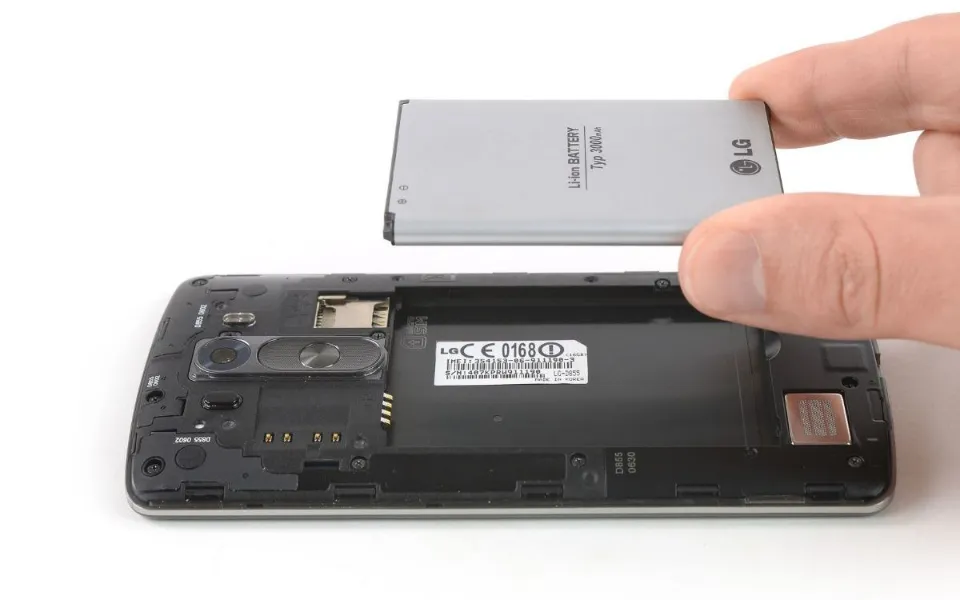Smartphone Batteries That Can Be Swapped Out By Users Could Be Making A Return
Do you recall the days when you could easily replace a phone’s battery by removing its back panel? It seems that this practice may soon become commonplace once again, particularly in the EU. Smartphone manufacturers operating in the European Union may be required to design their devices in a way that enables users to replace rechargeable batteries independently.
Parliament has approved new rules for the design, production and waste management of all types of batteries sold in the EU. – Portable batteries for machines must be designed in such a way that consumers can easily remove and replace them themselves, the EU pointed out.
The law will enter into force in 2027, so manufacturers have enough time to figure things out. And when it comes into effect, users in the EU will be able to replace their devices’ batteries themselves – without special tools to open them.
Given the size of the EU market, and when the final “plenary final vote” goes, it may be possible for OEMs to adapt models sold in the EU to other regions as well – given supply chain and production issues. may arise to produce two iterations of the same device. So, hypothetically, it’s possible that the world will once again move to user-replaceable batteries.
In addition, as part of the agreement, manufacturers must also include “carbon footprint declaration and labeling is mandatory for EV batteries, LMT batteries and rechargeable industrial batteries with a capacity of more than 2 kWh.”
The EU also notes that “by 31 December 2030, the Commission will assess whether to phase out the use of general purpose non-rechargeable portable batteries.”
In other news, to comply with EU regulations, Apple is expected to finally switch to USB-C as the default charging port on all iPhones. The upcoming iPhone 15 series is expected to include USB-C as the default charging port, leaving the proprietary Lightning port out of compliance with EU laws.




